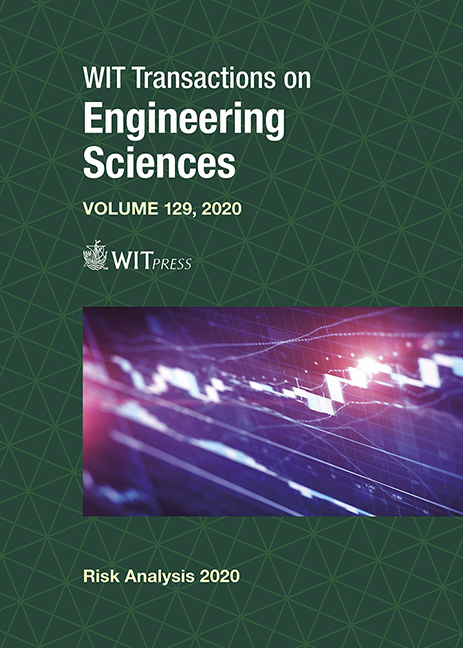EVALUATING THE USE AND COMMUNICATION OF SEISMIC HAZARD MAPS: A CASE STUDY OF METRO VANCOUVER, BRITISH COLUMBIA, CANADA
Price
Free (open access)
Transaction
Volume
129
Pages
12
Page Range
157 - 168
Published
2020
Size
1,982 kb
Paper DOI
10.2495/RISK200141
Copyright
WIT Press
Author(s)
MEREDITH FYFE, SHERI MOLNAR
Abstract
The Metro Vancouver region of southwestern British Columbia, Canada, is exposed to significant earthquake risk. Earthquake hazard has yet to be mapped to an effective scale in Metro Vancouver and so it is critical to generate comprehensive seismic hazard maps for the region. The Metro Vancouver Seismic Microzonation Project is tasked with the assessment and mapping of earthquake shaking hazard and liquefaction and landslide susceptibility hazards at a 1:25,000 scale. The detailed hazard information and data collected as part of this project, like most traditional hazard studies, is highly technical and unsuitable for the needs of intermediate users (e.g. regional planners and emergency managers). In this study we evaluate metrics and delivery format used to communicate seismic hazard information to intermediate users so it may be applied effectively in regional planning and emergency management strategies. Our methodology to evaluate effective communication of the seismic hazard products (GIS shapefiles and maps) involves a stakeholder workshop and online questionnaire survey. Existing microzonation maps for other regions in Canada are referenced throughout this consultation process and feedback is used as a benchmark to develop upon. A sequence of iterative discussion and consultation is necessary to determine the comprehensible metrics, desired interaction level and stylistic preferences to be used in final mapped products. Responses reiterate that the use of technical metrics is not effective in communicating hazard to intermediate users; separate map products are required for primary and intermediate users. Additionally, participants express importance of visual simplicity, open access to background data and interactive capabilities (e.g. GIS shapefiles). Feedback indicates that a lack of standardization leads to misinterpretation when comparing seismic microzonation maps of different regions; thus, results of this consultation process are integrated into a set of preliminary recommendations for producing seismic microzonation maps in a move towards standardization.
Keywords
seismic microzonation, seismic hazard, earthquake, hazard communication, iterative consultation, stakeholder engagement, Cascadia, Metro Vancouver, British Columbia, Canada





